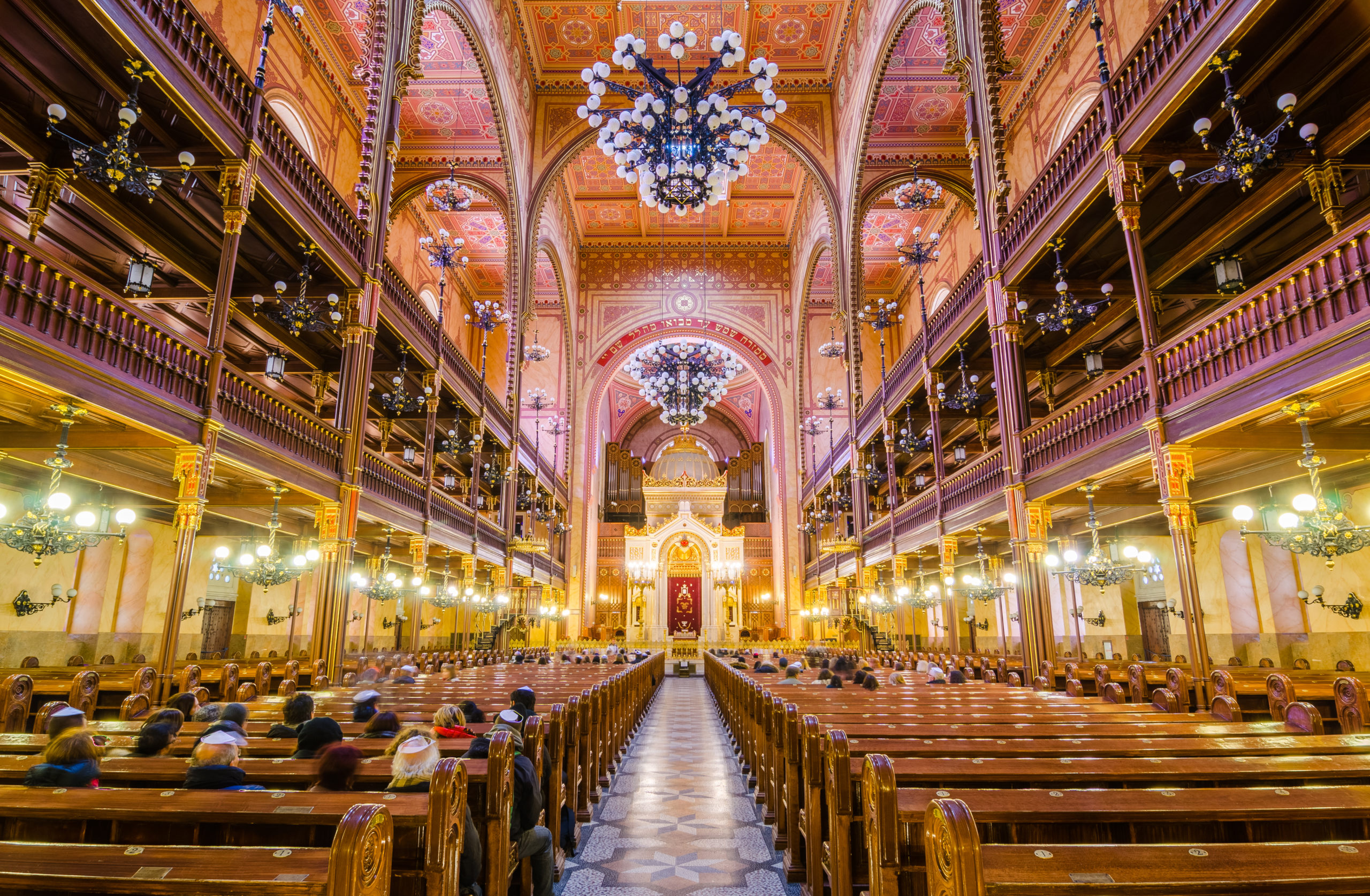Bergen-Belsen Memorial
The Bergen-Belsen Memorial was established in 1952 on the grounds of the former concentration camp as a place of remembrance, education, and research. The memorial includes several museums and monuments, including a former SS guardhouse that now houses a museum dedicated to the history of the camp and its victims. The museum includes exhibits and displays that provide insight into the daily life of prisoners, the conditions in the camp, and the atrocities committed there. The memorial also includes several outdoor memorials, including a mass grave where thousands of victims are buried, and a memorial wall with the names of the victims inscribed on it. Visitors can also see the reconstructed barracks and other buildings that were part of the camp.
Initiatives
The Bergen-Belsen Memorial is actively involved in a range of initiatives and projects aimed at preserving the memory of the Holocaust and promoting education and research. Some of these initiatives and projects include:
- Research and documentation: The Bergen-Belsen Memorial maintains an extensive archive of historical documents, photographs, and artifacts related to the history of the camp and the victims. The archive is open to researchers and scholars who are interested in studying the history of the Holocaust.
- Educational programs: The memorial organizes a range of educational programs for students, teachers, and the general public. These programs include guided tours of the memorial, workshops, and seminars on topics related to the Holocaust and its legacy.
- Exhibitions: The Bergen-Belsen Memorial regularly hosts temporary exhibitions that explore various aspects of the history of the Holocaust. These exhibitions are designed to provide visitors with an in-depth understanding of the events and people that shaped this dark period of history.
- Restoring and preserving historical structures: The memorial is committed to preserving and restoring the historical structures and buildings that were part of the Bergen-Belsen concentration camp. This includes the restoration of barracks, guardhouses, and other structures, as well as the preservation of the mass grave and other memorials.
- International partnerships: The Bergen-Belsen Memorial collaborates with other international organizations, museums, and educational institutions to promote the memory of the Holocaust and to develop educational resources and programs.
- Digital initiatives: The memorial is also involved in various digital initiatives aimed at making the history of the Holocaust accessible to a wider audience. This includes the development of online exhibitions and educational resources, as well as the use of digital technologies to enhance the visitor experience at the memorial.



 NOA is co-funded by the Rights, Equality and Citizenship Programme (2014-2020) of the European Union
NOA is co-funded by the Rights, Equality and Citizenship Programme (2014-2020) of the European Union